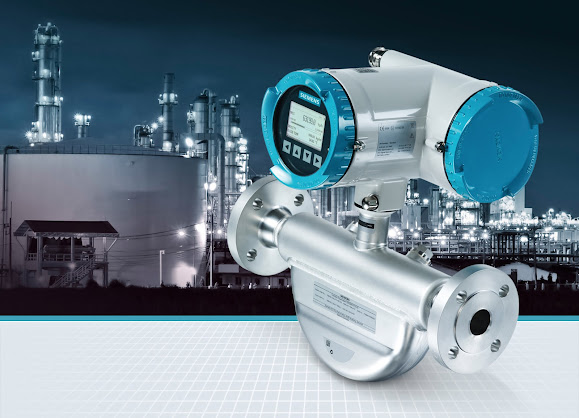Importance of Calibration for Pressure Transmitters in Industrial Applications
Pressure transmitters play a vital role in industrial processes, providing crucial data for monitoring and controlling various parameters. However, ensuring the accuracy and reliability of these instruments is essential for the safety and efficiency of industrial operations.
In this blog post, we'll delve into the significance of calibration for Accurate pressure transmitter measurements, exploring why it is a critical aspect of industrial processes.
Understanding Pressure Transmitters
Before delving into the importance of calibration, it's essential to understand the role of pressure transmitter in industrial settings. These instruments are designed to measure pressure levels in various systems, providing real-time data that is used for process control, safety monitoring, and equipment protection.
Pressure transmitters are widely used in industries such as oil and gas, chemical processing, power generation, and manufacturing.
What is Calibration?
Calibration is the process of comparing the output of an instrument to a known reference standard to determine its accuracy.
For pressure transmitters, calibration involves adjusting and verifying the device's output to ensure it aligns with the specified range and meets required performance standards.
Ensuring Accuracy and Reliability
One of the primary reasons why calibration is crucial for pressure transmitters is to ensure their accuracy and reliability. In industrial processes, even minor errors in pressure measurements can lead to significant operational issues, safety hazards, and costly downtime.
Regular calibration helps to maintain the accuracy of pressure transmitters, thereby ensuring that critical process parameters are effectively monitored and controlled.
Compliance with Standards and Regulations
In many industries, compliance with stringent standards and regulations is essential for operational licensing and safety certifications.
Calibration of pressure transmitters is often a mandatory requirement to demonstrate adherence to industry-specific standards and ensure that the instruments meet the necessary accuracy and performance criteria.
Minimising Downtime and Maintenance Costs
Calibration helps in detecting and addressing potential issues with pressure transmitters before they impact industrial operations. By identifying and rectifying deviations in instrument accuracy during calibration, the risk of unexpected failures and downtime can be minimised.
This proactive approach also helps reduce overall maintenance costs and prolong the lifespan of pressure transmitters.
Protection of Equipment and Personnel
Accurate pressure measurements are critical for protecting equipment and ensuring the safety of personnel in industrial environments. Calibration of pressure transmitters helps in detecting anomalies that could lead to overpressure situations, equipment damage, or hazardous conditions.
By maintaining the accuracy of these instruments, potential risks can be mitigated, and safety protocols can be effectively implemented.
Optimising Process Efficiency
Calibrated pressure transmitters facilitate the optimisation of industrial processes by providing accurate and reliable data for decision-making and control purposes.
Whether it's maintaining precise pressure levels in a chemical reactor or monitoring steam flow in a power plant, calibrated pressure transmitters are essential for maximising process efficiency and productivity.
Conclusion
In the realm of industrial applications, the importance of calibration for pressure transmitter cannot be overstated. From ensuring accuracy and reliability to compliance with standards and regulations, calibration is an integral part of maintaining the performance and safety of these critical instruments.
By prioritising regular calibration practices, industries can uphold operational excellence, mitigate risks, and uphold the integrity of their processes. Through a steadfast commitment to calibration, pressure transmitters continue to play a pivotal role in driving industrial efficiency and safety.
.jpg)


Comments
Post a Comment